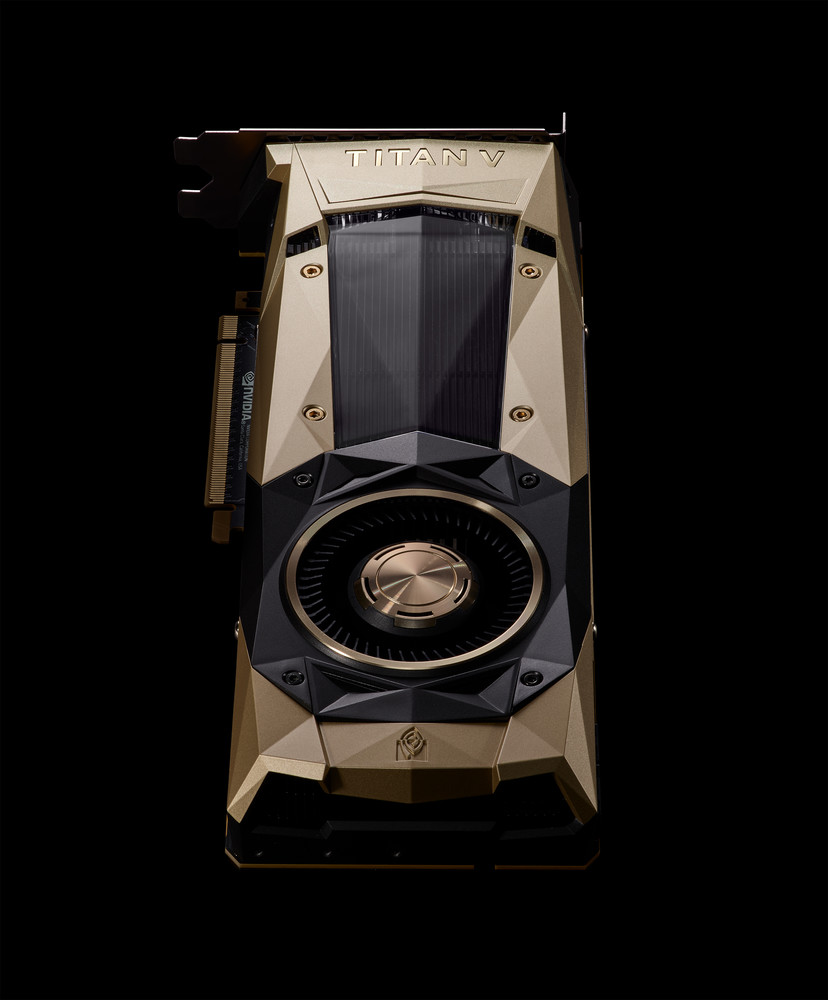
- FP64 OF GTX 1080 TI VS CLASSIC GTX TITAN UPGRADE
- FP64 OF GTX 1080 TI VS CLASSIC GTX TITAN PROFESSIONAL
On the other hand, the alternative scene illumination method, called Ray Tracing, has been around for a long time, too. Traditional methods have gone a long way since the T&L subunit was introduced in the GeForce 256 yet have not reached perfection. We’ll dwell on both items in more detail now.Īccurate lighting is key to making a 3D scene look photorealistic. That’s why the Maxwell 2.0 GPUs provide hardware acceleration for the new global illumination algorithm VXGI (Voxel Global Illumination) and support Microsoft’s upcoming DirectX 12 API. Nvidia keeps on improving 3D rendering quality, trying to find new ways to achieve photorealism. The GM204 has a 256-bit bus, yet those algorithms help ensure performance equivalent to a traditional 320-bit bus. They are 25% efficient on average, depending on the type of data, and help increase memory subsystem performance without raising the clock rate or making the memory bus broader. Maxwell 2.0 improves this even more by using new lossless data compression algorithms. In our Maxwell 1.0 review we wrote that the large cache would help use graphics memory more efficiently. We think all of the Maxwell-based GPUs are going to have the same amount of cache, perhaps with the exception of the top-end GM200. This is 4 times as much as in the GK104 and the same amount as in the GM107. The changes we’ve just mentioned are summed up in the following table:Īs for the memory subsystem, the GM204 has 2 megabytes of shared L2 cache memory.
FP64 OF GTX 1080 TI VS CLASSIC GTX TITAN PROFESSIONAL
Moreover, the fastest GK110-based cards for floating-point computations will still be available, probably until the release of the top-end GM200 GPU targeted at professional applications. The GPU and the graphics card are positioned as gaming products, so this fact is hardly a problem. Thus, the GPU’s FP64 performance is going to be only 1/32nd of its single-precision computing speed. The number of double-precision computing units (FP64) has been reduced to 4 per each SMM (as opposed to 6 per each SMX in the GK104). The latter features increased performance as well as new functionality which we’ll discuss later on. As opposed to the SMMs in Maxwell 1.0, they have more of shared memory (96 instead of 64 kilobytes) and a new geometry engine called PolyMorph Engine 3.0. Each GPC, in its turn, contains four updated stream multiprocessors. There are 16 raster operators linked to each of the memory channels, which is twice their number in the Kepler or Maxwell 1.0 design.
FP64 OF GTX 1080 TI VS CLASSIC GTX TITAN UPGRADE
If you have a good enough system, however, and can play the waiting game, then the RTX 3070 should serve as just about the perfect upgrade from your GTX 1080.Like its predecessor GK104, the GM204 incorporates four Graphics Processing Clusters and four 64-bit memory channels. You may also not be able to get the best of your RTX 3070 if the rest of the system, especially the CPU, isn't powerful enough to run alongside it. This means that if your current power supply unit (PSU) was already at its limit, you might want to consider an upgrade to it. The card consumes 40W more power than the GTX 1080. Buying a RTX 3070 at an acceptable price will require some waiting and planning on your part.Īn upgrade to the NVIDIA GeForce RTX 3070 may also require some other upgrades to your system. While the jump from a GTX 1080 to an RTX 3070 is recommended, it is not worth shelling out extra cash over the retail price, especially since the attractive intended price tag is a huge reason for this upgrade being a lucrative one. New GPUs are very hard to find thanks to the short supply and heavy demand, and this means that many RTX 3070 cards are being sold at exorbitant prices that are marked up way above the actual retail price. The one big issue with the RTX 3070 however, is its availability. In the span of two generations, NVIDIA's GPU lineup has packed in a lot of power, and it shows in real world performance. The RTX 3070 is a great upgrade option, with noticable performance gains. While the GTX 1080 is a great card, it is not built to handle higher resolutions, and shows its age with newer titles. So should you upgrade to the NVIDIA GeForce RTX 3070 from GTX 1080? An upgrade to RTX 3070 means you'll have a much better 1440p and 4K gaming experience, and improved visuals thanks to ray tracing. The GTX 1080, however, clearly struggles to achieve what we would call smooth gameplay at 4K. While the RTX 3070 is a solid 1440p performer, it doesn't stop there. The RTX 3070 can even hit the 144 FPS figure with some adjustments, while the GTX 1080 requires the graphics settings to be tuned down quite a bit in order to do so.

With 1440p, the GTX 1080 struggles to reach the 60 FPS mark with some more intensive titles, while the RTX 3070 does so with ease.


 0 kommentar(er)
0 kommentar(er)
